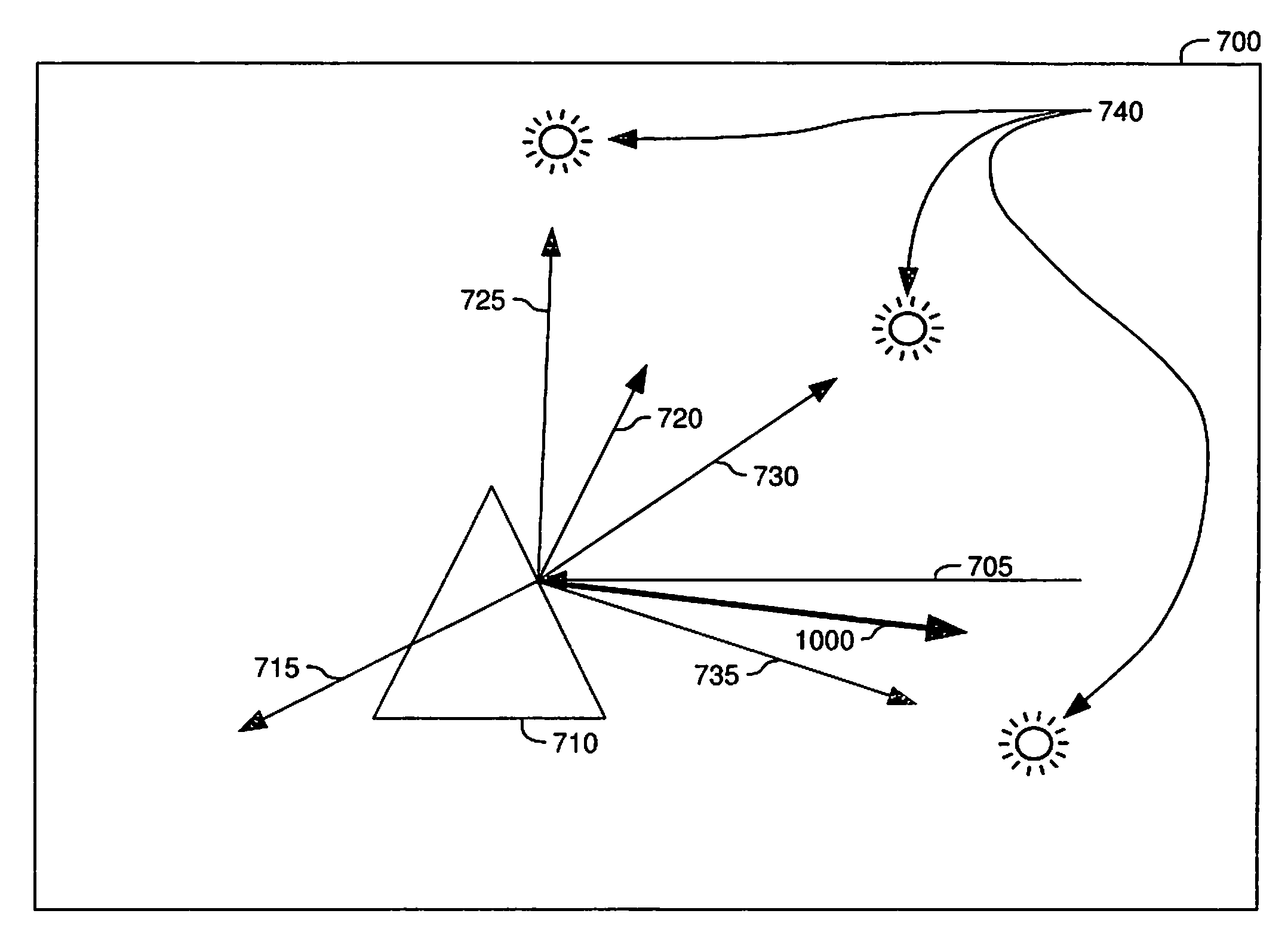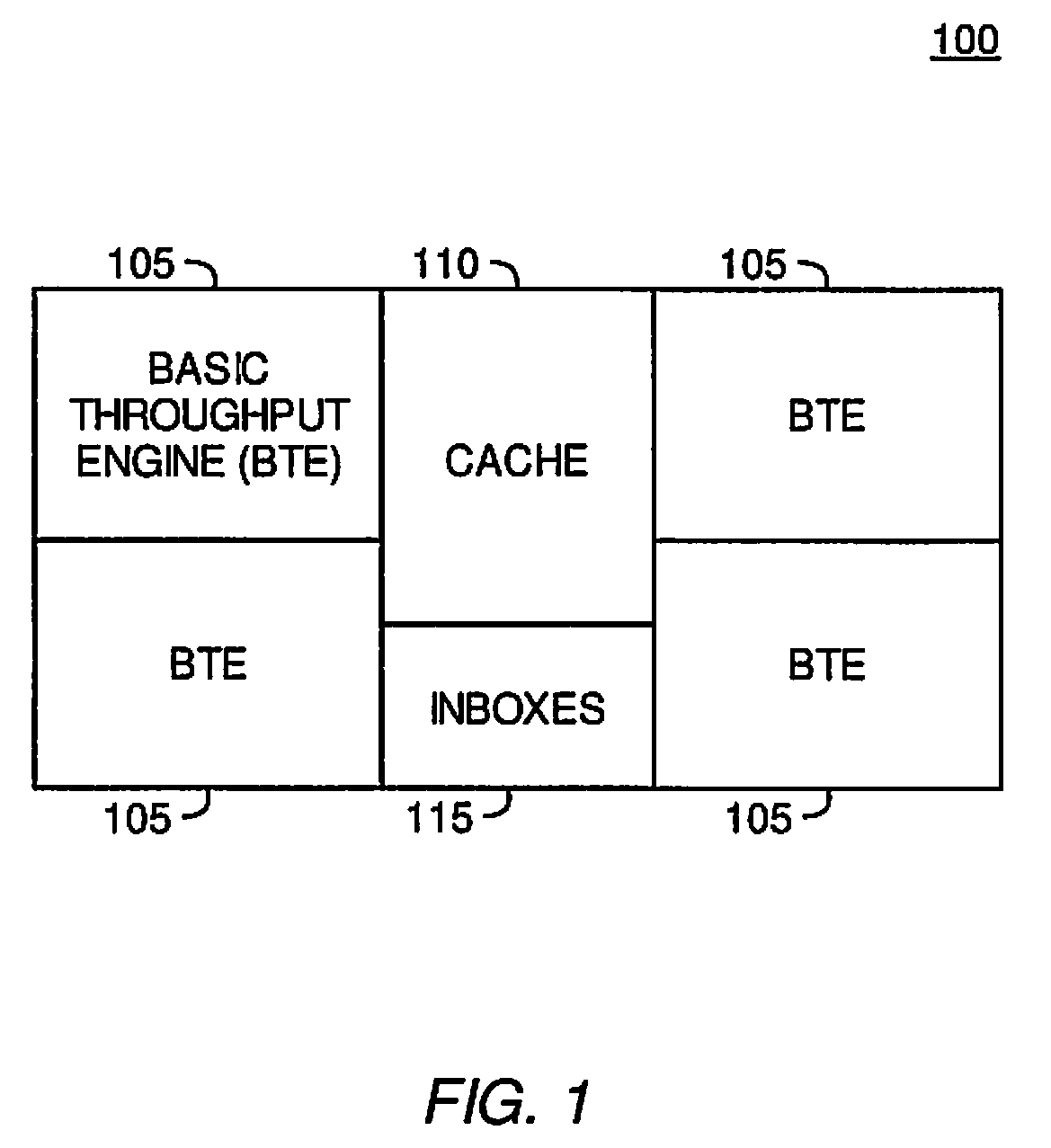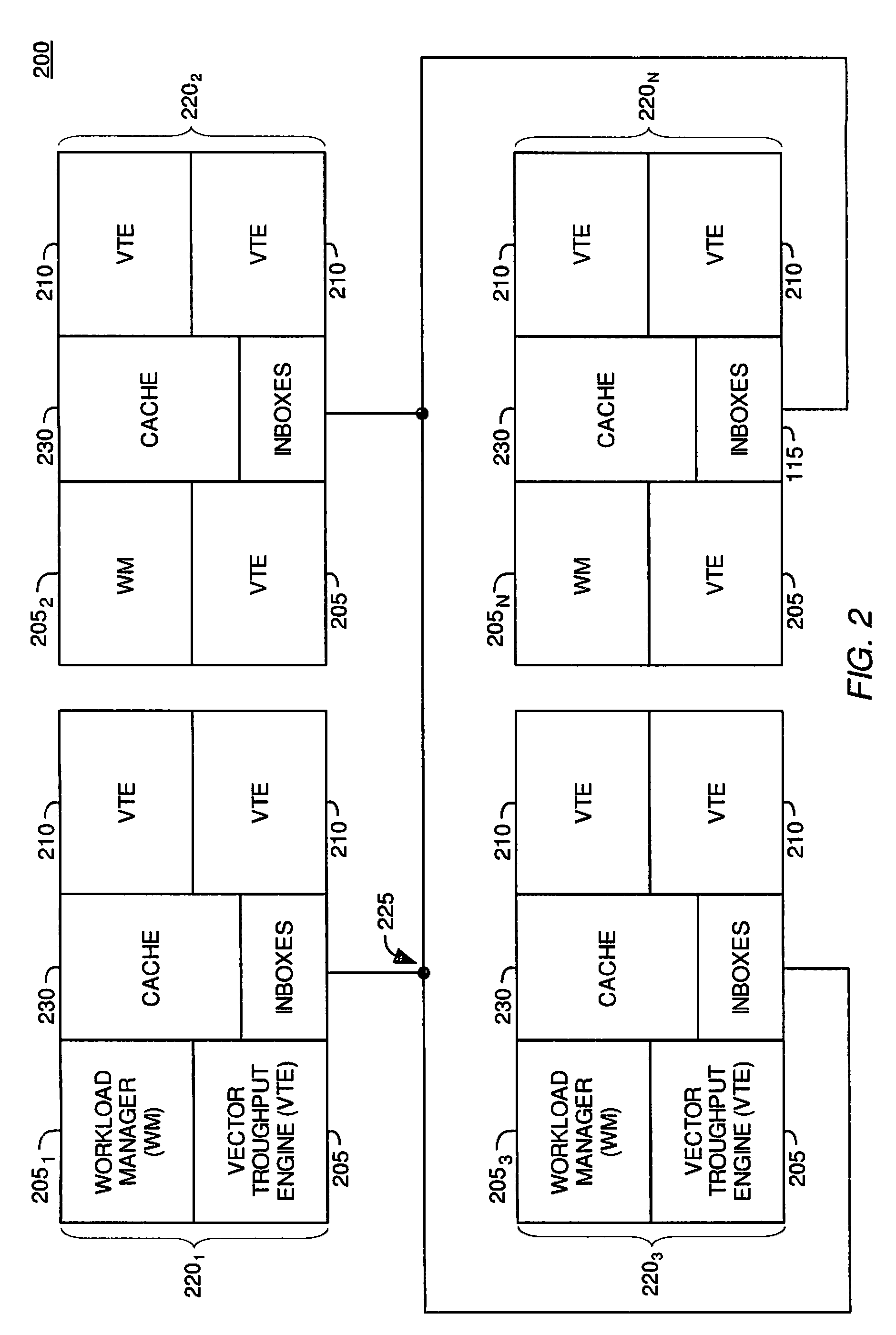Stochastic Culling of Rays with Increased Depth of Recursion
a technology of recursion and culling, applied in the field of image processing, can solve the problems of rasterization suffering from some drawbacks, using relatively low amounts of computational power, and modern monitors display images
- Summary
- Abstract
- Description
- Claims
- Application Information
AI Technical Summary
Problems solved by technology
Method used
Image
Examples
Embodiment Construction
[0024]Embodiments of the invention provide methods and systems to reduce workload experienced by a ray tracing image processing system and improve the realism of images rendered by the ray tracing image processing system. According to one embodiment of the invention, rays may be stochastically culled before they are issued into the three-dimensional scene. Stochastic culling may reducing the number of rays which need to be traced by the image processing system, thereby reducing the workload experienced by the ray-tracing image processing system. Furthermore, stochastic culling of rays may introduce minor imperfections in the final image rendered by the ray tracing image processing system. The minor imperfections may increase the realism of an image rendered by the image processing system. Therefore, stochastic culling of rays may improve the performance of the image processing system by reducing workload imposed on the image processing system and improving the realism of the images ...
PUM
 Login to View More
Login to View More Abstract
Description
Claims
Application Information
 Login to View More
Login to View More - R&D
- Intellectual Property
- Life Sciences
- Materials
- Tech Scout
- Unparalleled Data Quality
- Higher Quality Content
- 60% Fewer Hallucinations
Browse by: Latest US Patents, China's latest patents, Technical Efficacy Thesaurus, Application Domain, Technology Topic, Popular Technical Reports.
© 2025 PatSnap. All rights reserved.Legal|Privacy policy|Modern Slavery Act Transparency Statement|Sitemap|About US| Contact US: help@patsnap.com



